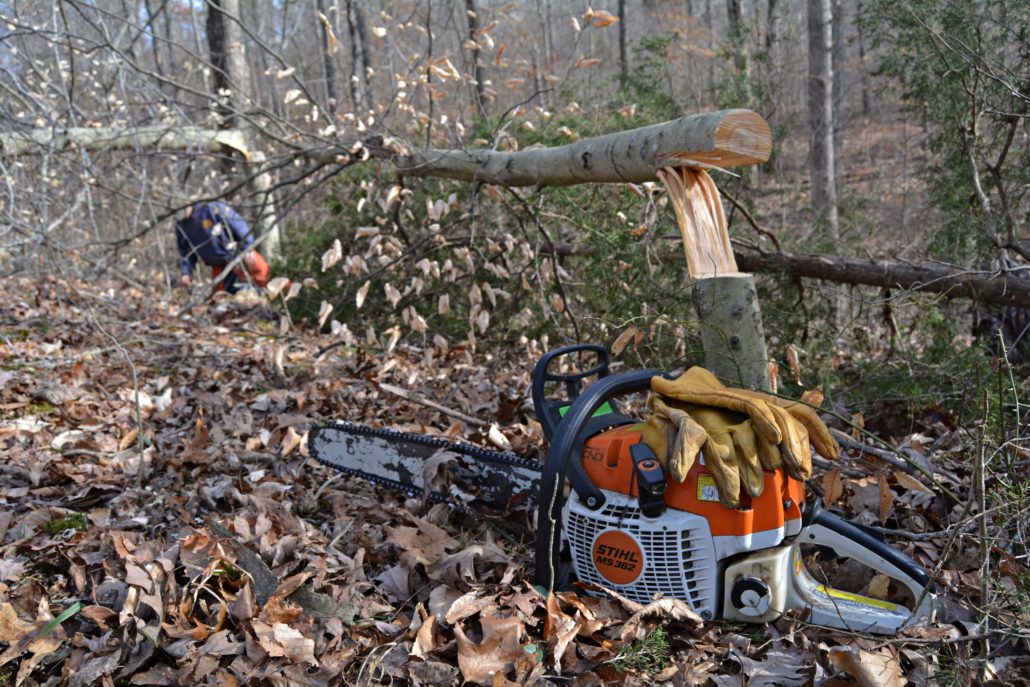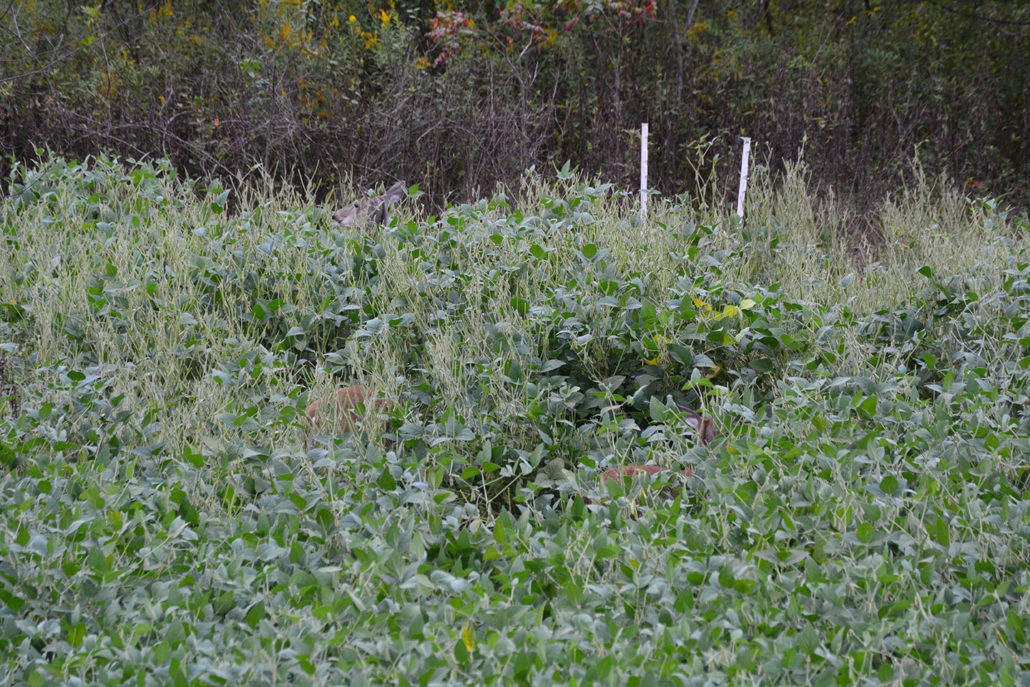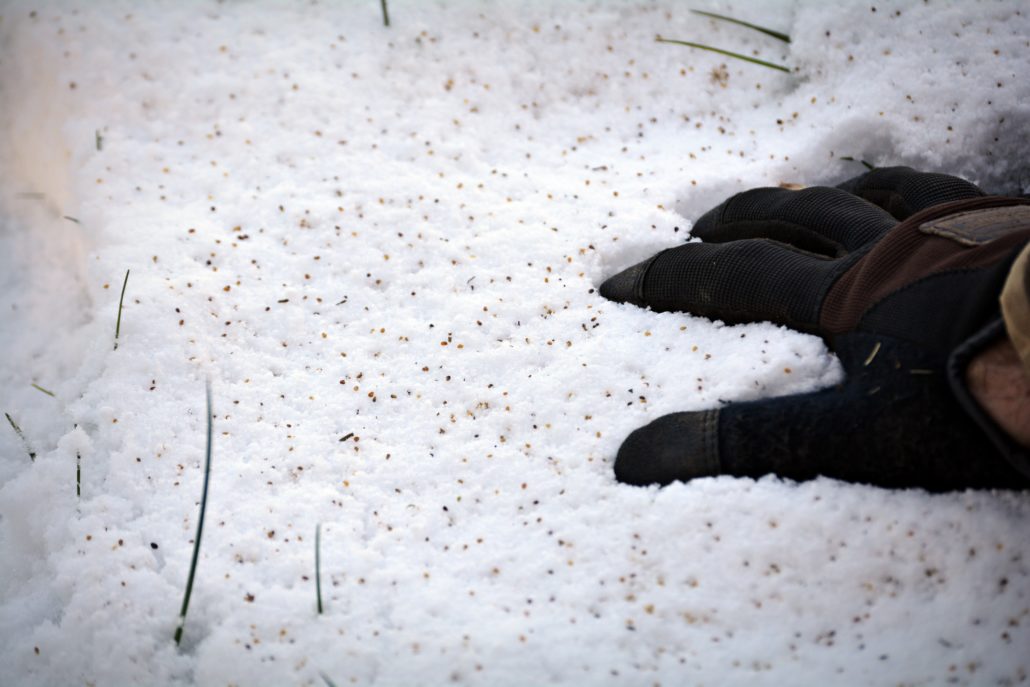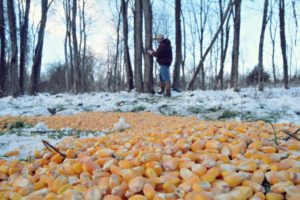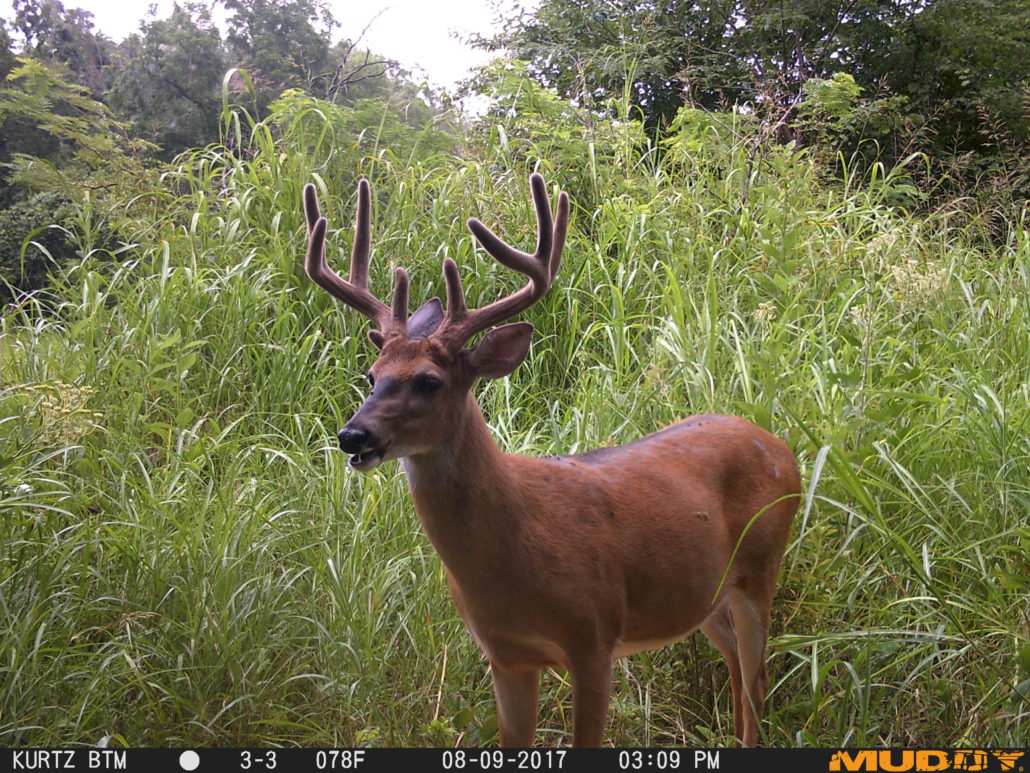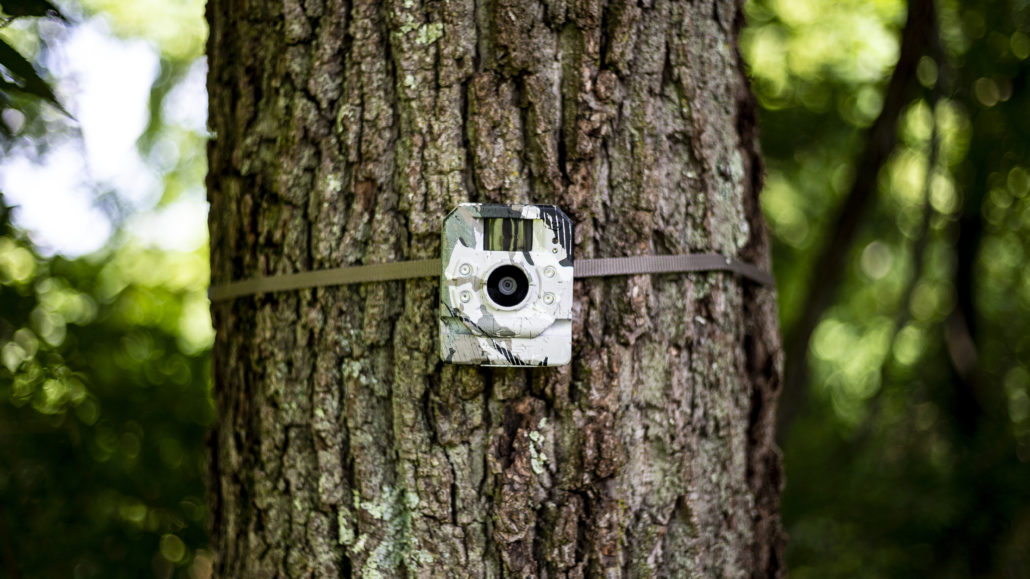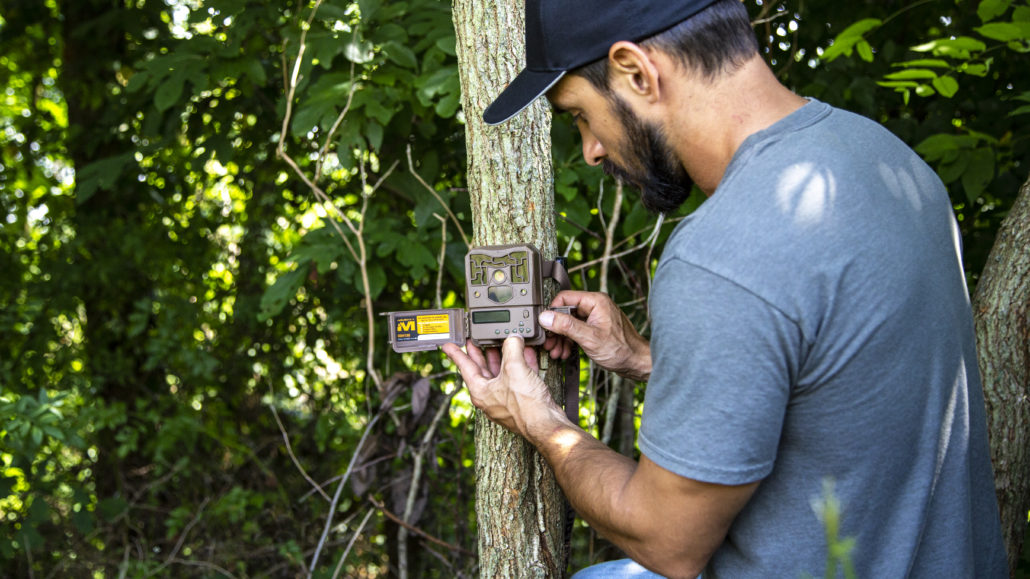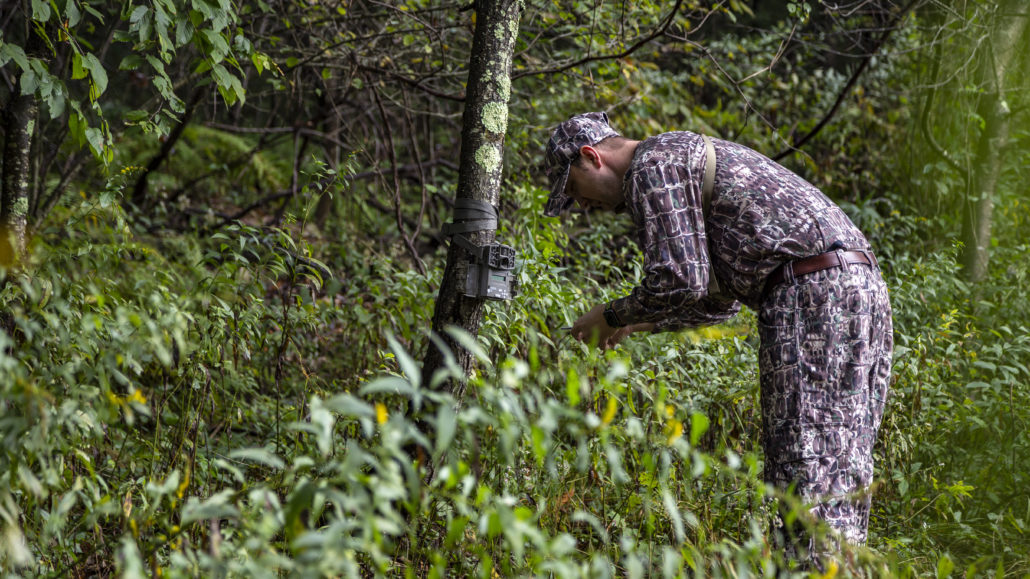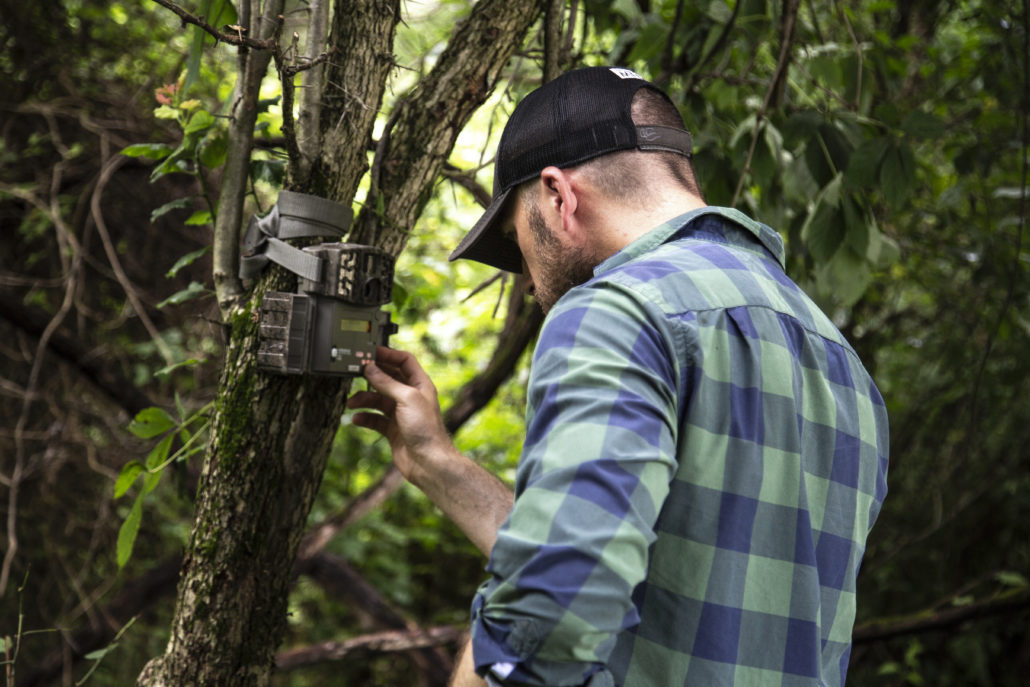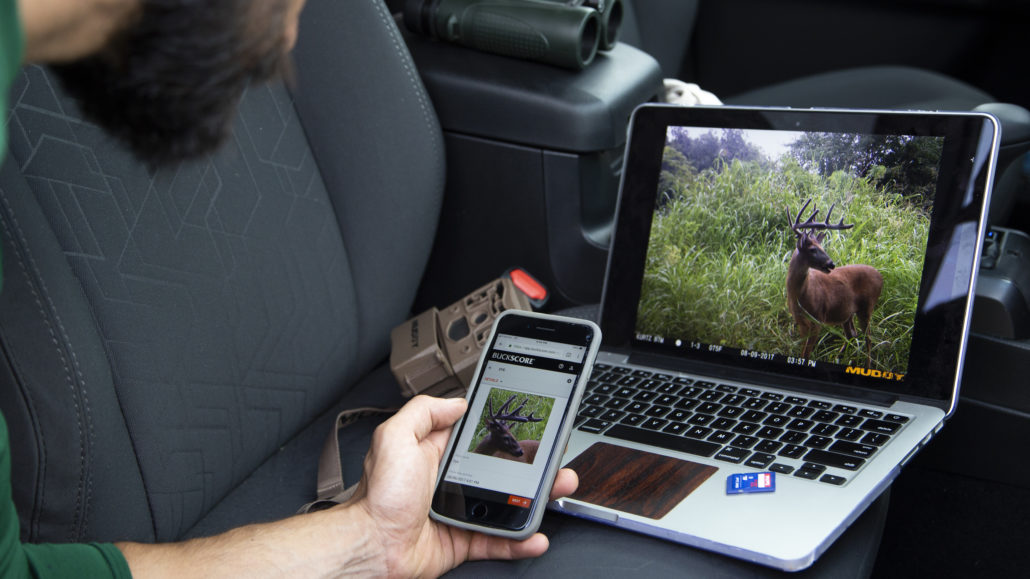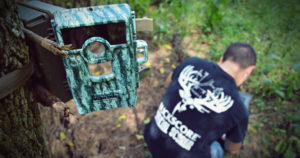6 Winter Deer Habitat Improvements You Should Be Doing
Winter Deer Habitat Projects to Improve Your Herd
The long hard grind of deer season is now behind us in most of the whitetails range. Aside from a few southern states, the season has closed, however, that doesn’t mean the work should stop. If you’re a property owner, lease land, or have permission to work on a property, the winter months serve as an important time period to get ahead of the game. Ultimately, a lot of the habitat projects you start now will have lasting results, some of which just might help you bag a buck next season. So before you put your nose to the ground in search of shed antlers, consider doing a few of these off-season deer habitat improvement projects this winter.
#1 Plan and Set Goals for the New Season
Every project needs a plan, and every good plan has a specific set of goals to attain. Before diving right in and getting crazy with a chainsaw or bulldozer, carefully write down what it is you hope to accomplish with regards to your hunting property this season. From there, break it down and rank which are the most crucial to get done and when. From there, you can organize your to-do list and put a solid plan of attack in place. Now, let the real work begin!
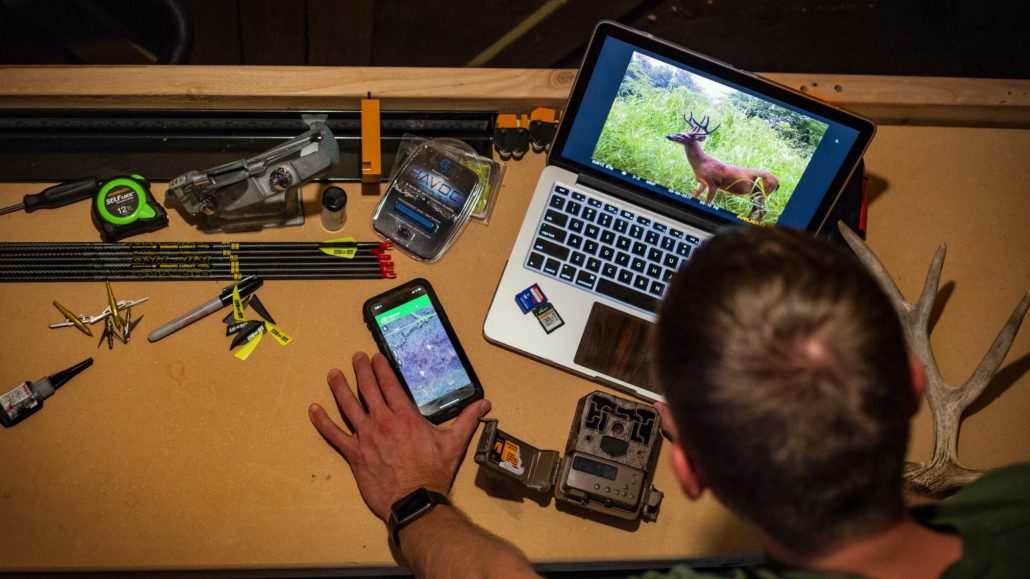
#2 Timber Stand Improvement
Improving the cover provided by native habitat resources is critical for future success and winter is the perfect time to get to work. If you have a property with homogenous stands of hardwood forests you may consider doing some chainsaw work. In an open stand of timber there is very little ground cover for deer. Remember, security cover for deer exists between ground level and approximately three feet up.
While timber stand improvements can achieve multiple goals, the core emphasis is often to open up the canopy and to selectively release preferred trees. By opening up the canopy you will see an immediate change this spring with new growth of forbs and ground vegetation. This new growth helps with nutrition and cover, so it’s like killing two birds with one stone.
#3 Hinge Cutting
Hinge cutting is the popular timber stand improvement process in which you saw half-way through a tree and then bend it over to the ground in order to provide living cover and browse for deer. While you can really hinge cut trees during any time of the year, winter is the best time. For one, the trees are dormant during the winter, thus, you’ll experience a better survival rate. Secondly, it’s comfortable working conditions – it’s not too hot out, and there’s no bugs and leaves to annoy you all day. It’s also a lot easier to see what you’re doing and where the trees are falling in winter compared to the green jungle of summer. Lastly, hinge cutting during the winter allows time for deer to find and utilize these new sanctuary thickets and browse areas.
#4 Post Season Trail Camera Survey
The best times to conduct camera surveys are during August and in January before bucks begin to shed their antlers. Conducting an annual trail camera survey will provide an invaluable amount of information pertaining to the deer herd. Sex ratio, deer density, buck age class, antler development, and fawn recruitment numbers can all be evaluated by conducting a trail camera survey. Studies have shown one bait/camera site per every 75 to 100 acres of land will provide a survey with >90% accuracy. For a full rundown on how to conduct a post season trail camera survey check out this link: How to Run a Trail Camera Survey
#5 Food Plot Planning
As was stated earlier, it’s never too early to start planning. It always seems like food plot season sneaks up fast. One minute you’re searching for sheds and the next you’re throwing seed in the ground. Taking the time in February and March to figure out a few key details of food plotting will go a long way in the spring and ultimately impact your hunting season.
- Collect soil samples in time to add amendments prior to planting.
- What type of forage will you be planting in your food plots? And where?
- How much seed will you need to purchase?
- Are you creating any new food plots this year?
- What kind of site prep is needed?
- Who is planting the food plots? And when?
#6 Frost Seeding
While we are on the topic of food plotting, don’t forget about frost seeding this winter. It may not feel like it now, but planting season is less than a month away. No, not your typical spring time planting of annuals like soybeans and corn, but rather using the planting technique known as frost seeding as a means to plant clover. Frost seeding relies on the freeze-thaw cycle and early spring showers to establish quality seed to soil contact. As spring approaches, the soil awakens and actually begins moving up (freeze) and down (thaw). That up and down movement causes tiny little cracks, which ultimately suck in the small and hardy clover seeds. Clover seed is very hard so it can withstand the potential to rot much better than other larger less hardy seeds like most warm season annuals. Thus, it’s common to see food plotters spreading it over the top of a thin layer of melting snow.
Frost seeding makes nature do your dirty work. It essentially works the seed into the soil, eliminating the need for disking and/or dragging. It’s an effective planting method, one that saves you time and money. The timing can certainly vary year-to-year depending upon how long ‘Old Man Winter’ hangs around, but as a general rule of thumb, the best time to frost seed is when there are approximately 4-5 expected frosts remaining.
Wrap Up
Let’s not wait until the last minute this year when it comes to deer hunting projects. Make this year the year of preparedness and try to get as much done during the winter and spring. If you do, you can bet you’ll have a more successful hunting season come fall, not to mention the fun and memories created working out in the field along the way.

